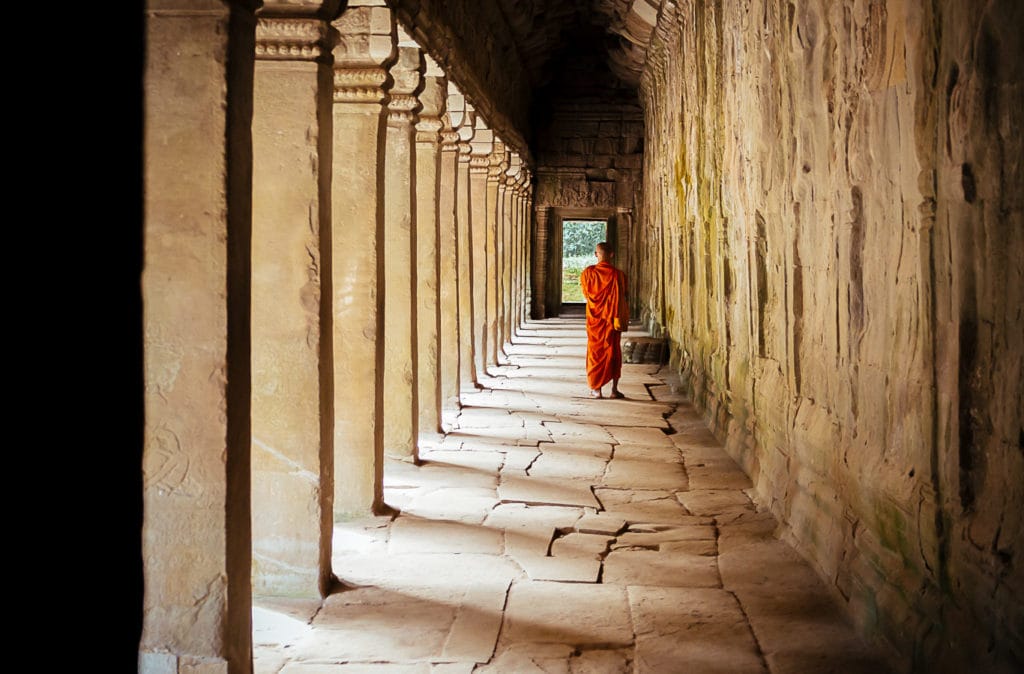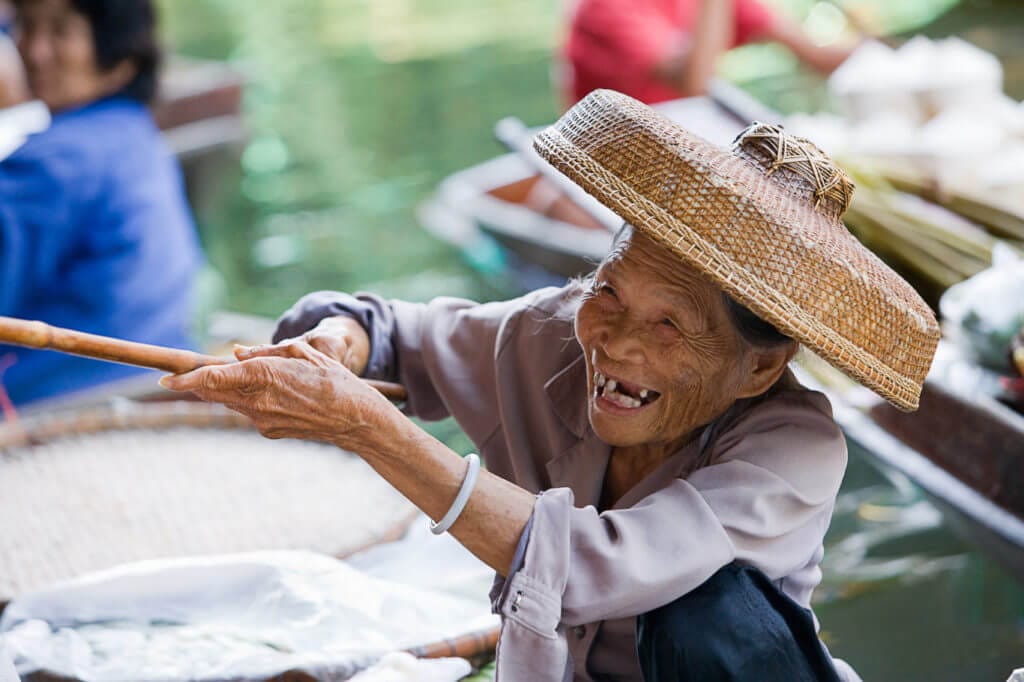Humanitarian Trip to Haiti
Sustainable Travel in the Caribbean
ADD AN IMPACT!
Haiti has struggled to regain its footing after the 2010 earthquake and tsunami, leading to rampant poverty and out-migration. As an idea for sustainable travel, donate school materials, clothing or meals while you’re here. Speak or meet with someone to learn their stories and more about their needs.
The Worldwide Navigators Difference


Sojourn – Gain a better understanding of the community you’re visiting. Learn about different religions or spiritual practices. How do these impact the communities? How does religion or spirituality influence local traditions?
1 of 1

Savor – Will you choose sweet or savory? Take the time to visit local markets and discover unique local ingredients. Learn how to prepare traditional meals & local favorites.
1 of 1

Tip of the Tongue – Each morning, take the time to learn a few basic greetings and phrases in the local language. Learn how to write greetings & your name in the local script.
1 of 1

A Wrinkle in Time – History influences our present. Discover the history of the country you visit. Hear the stories of your guides & their family history. Where do they come from?
1 of 1

Journal Journeys – Take some time to reflect on the day’s events and document your journey. Spend a moment journaling about the day had & day ahead. These are memories for a lifetime!
1 of 1

Culture – From local dances, festivals, or simple gestures to communicate – all of these make up a country’s culture. Learn and practice cultural norms & how to show respect in the culture you visit.
1 of 1Itinerary
Enjoy the views of the port town of Cap-Haitien and its beautiful French colonial architecture. You’re only a short 14-minute drive from the city center – home to your new adventure. Then take a quick stroll before heading to one of the many waterfront restaurants and bars where you’ll be able to relax and let loose!
Citadelle Laferrière is about an hour away from Cap-Haitien, but well worth the drive. The fortress is a UNESCO World Heritage Site and a unique location in the western hemisphere. Three feet above sea level and resting atop the L’Eveque mountain, the fort was built as a protection against French invaders in the 1800s. This symbol of freedom is the largest in the Americas and boasts 265 cannons. Instead of the usual square shape, the fortress has a unique angular structure that changes its shape when viewed from different angles.
After visiting the fortress, make a stop at the Palace Sans-Soucis. The castle used to be the home of kleptocrat Henri Cristophe. Once a slave who fought in the American Revolutionary War, Christophe became governor and then self-proclaimed king of Haiti. The ruins of the palace stand as a monument to his cruelty and abuse. The ruins are all that remains of the so-called Versailles of the Caribbean. End the day with a short walk to the Cathédrale de Milot.
Just 15 minutes away from the city center is Haiti’s Our Lady of Assumption Cathedral. A colonial style cathedral surrounded by cobblestone, the building was first erected in 1670 under French colonial powers. The cathedral holds special significance as the location where slavery was abolished in 1793.
Built in the 1890s from French metals, the Iron Market is one of a kind. The market has had a long history with it being destroyed by fire in 2008, then destroyed by the 2010 earthquake and finally rebuilt into an exact replica of the original in 2011. The market will give you a taste of Haiti with fruits, veggies, spices, clothes, and even crafts!
Get an early start to your 6-hour drive. While a long ways to go, Bassim Zim is entirely worth it. It is the home to one of the most beautiful waterfalls in the country. Here, you’ll get to explore grottos, indigenous artwork, and a cave. It does require a bit of hiking to access, but the views are incomparable.
You’ll now begin your journey to Port-au-Prince, which is just short of 3 hours. Once you’ve arrived, enjoy the evening by shopping at Cabaret and paying your respects at the Notre Dame ruins. The Cathedral’s collapse was due to the terrible 2010 earthquake. In 2012, however, a Puerto Rican architect won a competition and was able to rebuild the Cathedral by combining the remains of the façade with two new towers and added a courtyard.
2.5 hours away, you’ll spend the first half of your day relaxing in the lovely waters of Kokoye Beach. Considered to be the most relaxing beach around, enjoy electric blue water, verdant mountains and the shade of palm trees in the perfect hideaway.
Once you’re back in Port-au-Prince, visit the Musée du Panthéon National. The museum houses Haiti’s complicated history. It has paid homage to the leaders of Haiti’s independence and preserved their culture since 1983, and is home to the Nations founders. Explore the Taíno and Spanish influences along with more on Henri Cristophe and even the anchor from one of Christopher Columbus’s ships.
End your day at Atis Rezistans. Here, the saying “one man’s trash is another man’s treasure” lives and breathes. Local artists make interesting pieces from car parts, broken metal, old shoes, dolls, and even skulls.
Take the time today to donate any supplies you’ve brought with you and then head to Rebuild Globally, a Haitian non-profit that is dedicated to helping Haitians, especially women, to educate themselves and find work. The Deux Mains sandals, made of tires and leather, will be a fun gift to bring home with you.
A short walk away from the city center of Port-au-Prince, you’ll have a fun day at the Barbancourt Rum Distillery. The distillery is home to one of the most famous rums in the world and has been around since 1862. Learn about the process of making rum from aging to distilling. You’ll even be able to sample some of their products and perhaps get a bottle or two to bring home with you!
Start your day with a visit to the Village de Noailles, the heart of the artisanal district in Haiti. The artists in this commune have been creating art since 1956 when a blacksmith who made crosses started to gain popularity. All pieces made here are made from recycled materials, which lets you be a responsible consumer. Then it’s off to the airport and homeward bound.
Travelling is always an adventure, but it’s difficult to find truly sustainable travel that won’t leave you with a guilty conscience. This trip to Haiti has many opportunities for you to practice being a conscientious consumer while purchasing from local artists who use recycled materials. While you’re here, learn about the violent and oppressive history of Haiti, its complex present, and take in the natural beauties of this Caribbean gem.
Value
3-6 Day
Group Trips
- Airfare
- Transportation
- 2.5 - 3-Star Accommodations
- Daily Activities & Excursions
- 2 Meals Per Day
- Tours & Entrance Fees
- Daytime & Self-Guided Tour Director
- 1 Impact Project
Classic
7-12 Day
Group Trips
- Airfare
- Transportation
- 2.5 - 3-Star Accommodations
- Daily Activities & Excursions
- 2 Meals Per Day
- Tours & Entrance Fees
- Daytime Guided Tour Director
- Up to 2 Impact Projects
Epic
7-14 Day
Group Trips
- Airfare
- Transportation
- 3.5 - 4-Star Accommodations
- Daily Activities & Excursions
- 2 Meals Per Day
- Tours & Entrance Fees
- 24/7 Guided Tour Director
- Up to 3 Impact Projects
- Final Night Celebration Dinner
Interested in adding or modifying activities? No problem! All Worldwide Navigator itineraries can be customized to your liking!
In collaboration with our partners


